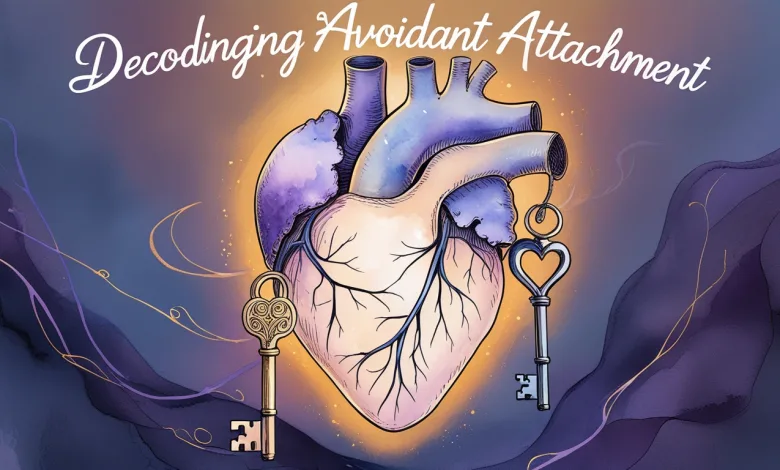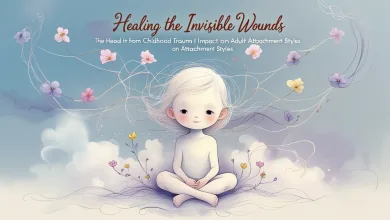Decoding Avoidant Attachment: Why Emotional Distance Doesn’t Have to Be the End of Love

Ever feel like you’re dancing with a partner who’s always one step back? Welcome to the complex world of avoidant attachment, where emotional connection feels like navigating a maze with invisible walls.
Introduction: The Emotional Maze of Avoidant Attachment
Picture this: you’re head over heels, ready to dive deep into vulnerability, but your partner seems to have built an emotional fortress that would make the Great Wall of China look like a picket fence. Whoa, hold up! You might be dealing with avoidant attachment, a relationship pattern that’s more common than you’d think.
Avoidant attachment isn’t a life sentence—it’s a learned response, and like any learned behavior, it can be understood, addressed, and transformed. In this deep dive, we’ll unravel the intricate tapestry of avoidant attachment in relationships, offering hope, insights, and practical strategies for those caught in its complex web.

Understanding Avoidant Attachment: More Than Just “Commitment Phobia”
The Psychological Roots of Emotional Distancing
Avoidant attachment isn’t about not caring; it’s about self-protection. Imagine a psychological defense mechanism so ingrained that emotional intimacy feels like walking into a minefield. People with avoidant attachment styles typically develop these patterns early in life, often as a result of:
- Inconsistent or emotionally unavailable caregivers
- Childhood experiences that taught them vulnerability equals weakness
- Repeated emotional disappointments or traumatic relationships
Recognizing the Signs: Are You or Your Partner Avoidant?
Spotting avoidant attachment can be tricky. Here are some telltale signs:
- Difficulty expressing emotions openly
- Feeling uncomfortable with deep emotional conversations
- Valuing independence to the point of pushing people away
- Tendency to emotionally “check out” during conflict
- Struggle with sustained intimacy
The Impact on Relationships: When Emotional Walls Become Barriers
The Push-Pull Dynamic: A Relationship Rollercoaster
Avoidant attachment often creates a frustrating dance of push and pull. The more a partner seeks closeness, the more an avoidant individual retreats—creating a cycle that can feel maddening for both parties.
Research from the Journal of Personality and Social Psychology suggests that this pattern can significantly impact relationship satisfaction and longevity1.

Breaking Through: Strategies for Healing and Connection
For the Avoidant Partner: A Path to Emotional Openness
Healing starts with self-awareness. It’s about:
- Recognizing your attachment pattern
- Understanding its origins
- Practicing vulnerability in safe, incremental steps
- Seeking therapy or counseling
For the Partner of Someone with Avoidant Attachment
Patience is key. Your approach matters:
- Avoid pressuring or demanding instant emotional availability
- Create a safe, non-judgmental space
- Communicate clearly and calmly
- Respect boundaries while gently encouraging connection
Frequently Asked Questions About Avoidant Attachment
Q: Can avoidant attachment be changed? A: Absolutely! With self-work, therapy, and supportive relationships, individuals can develop more secure attachment styles.
Q: Is avoidant attachment the same as being emotionally unavailable? A: Not exactly. While there’s overlap, avoidant attachment is a deeper psychological pattern rooted in early experiences.
Q: How long does it take to shift an avoidant attachment style? A: It varies. Some see progress in months, while for others, it’s a longer journey of consistent effort and self-reflection.
Wrapping It Up: From Walls to Bridges
Avoidant attachment doesn’t have to be a relationship death sentence. It’s a complex emotional landscape that, with understanding, compassion, and dedicated work, can transform into a pathway of deeper connection.
Remember, every emotional wall is just waiting for the right combination of patience, love, and understanding to crumble.







